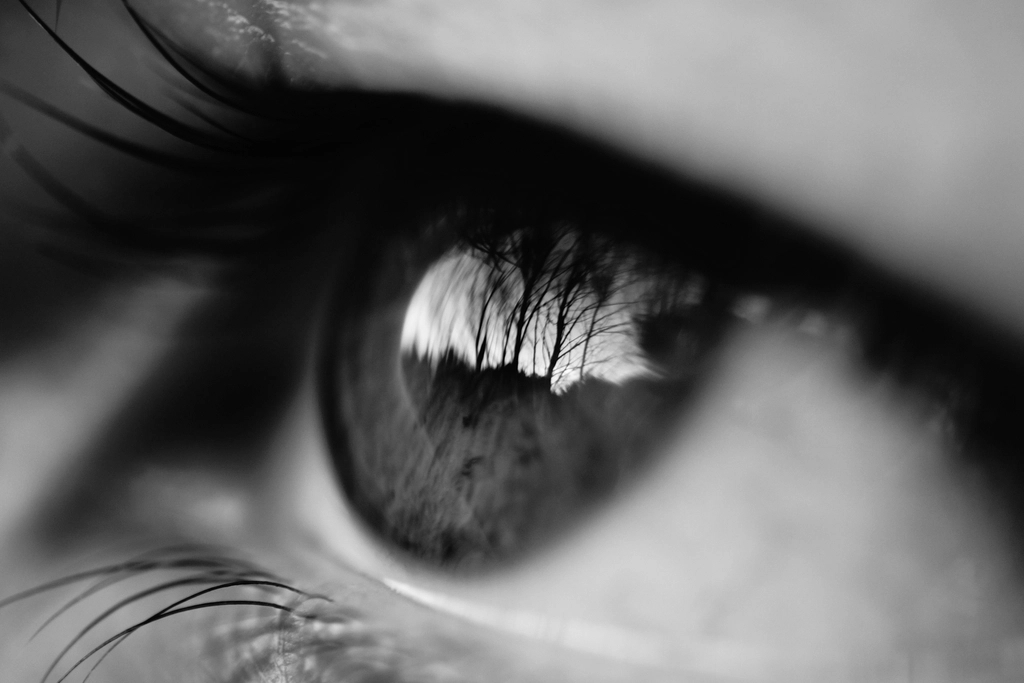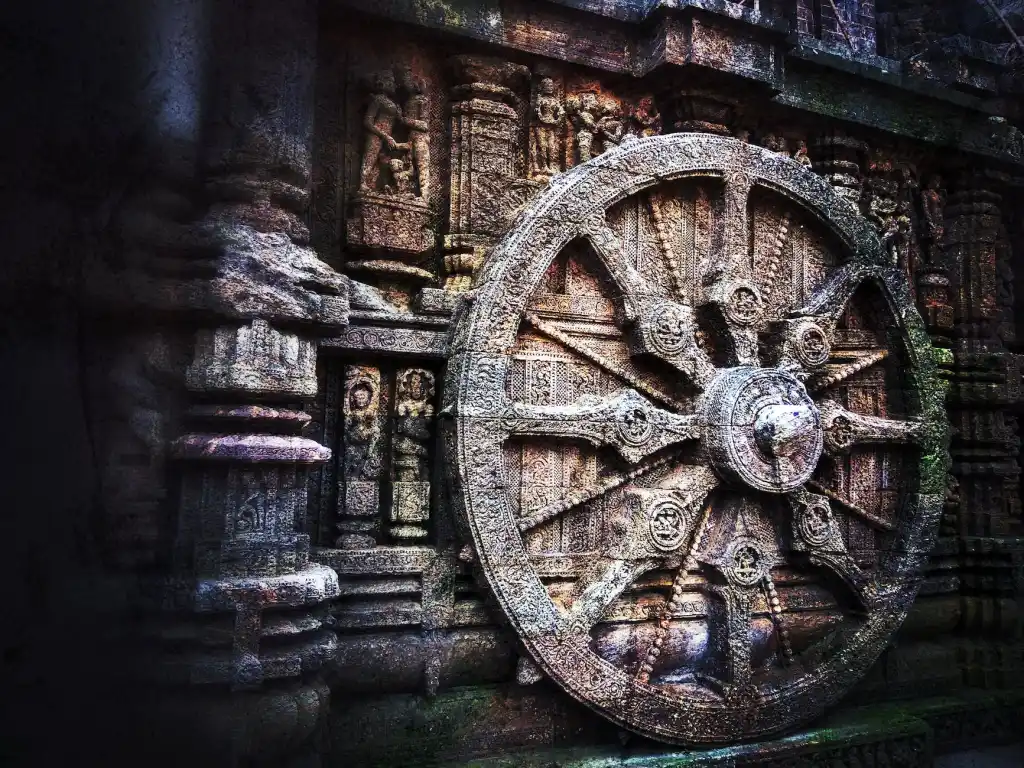I was informed by a Whatsapp message from my brother-in-law (a new blogger in the hood, will post his blog link soon – stay tuned) that it is Women’s Day. I thought I would post something slanted for the occasion. “Slanted” because it is personal, and there is plenty out there otherwise for you to read and gather.

My mother had shared with me that it was Karl Marx who had gotten her into the Civil Services in India. Apparently, back in the day one had to answer several essay type tests to get selected. In one of the questions that spoke of religion, she had quoted Marx: “Religion is the opium of the people”; explaining how it acted as the opiate of the masses. She sincerely believed that it was that answer, which cinched her a seat as a 66-batch I.A.S. officer. The story always fascinated me.
Like her, I am a devout Hindu and deeply spiritual. Unlike her, I don’t believe that life ought to be lived in a stupor inspired by the Lotus Eaters of Samuel Taylor Coleridge. But, together, we are women who were born into a deeply patriarchal system.
I closely witnessed her struggle as a woman in India – through her profession, career, passion, family, and religion. Most of all through religion and religious structure that disallowed women from entering the sanctum sanctorum, forbidding them to set light to funeral pyres, celebrated isolating women through being colorless in widowhood, worshipping the practise of Sati, providing fat dowries, and lowering our heads to display subservience.

So, today, more than ever, my wish for anyone who identifies as a woman is to enjoy the taste of unabashed freedom.
To live a life of bondage through structural slavery (hey, big Indian media publication house who used lines from my open letter to Neenaji – I saw what you did there, and I forgive you!) and emotional bondage – is no way to be.
And, to the so-called purveyors – let her BE.
Cover image: Hungarian gypsy girl, by Amrita Sher-Gil, done in 1932 during a summer vacation at the Hungarian village, Zebegery. National Gallery of Modern Art (NGMA), New Delhi. Oil on Canvas, 82 X 54 cm.





Leave a comment